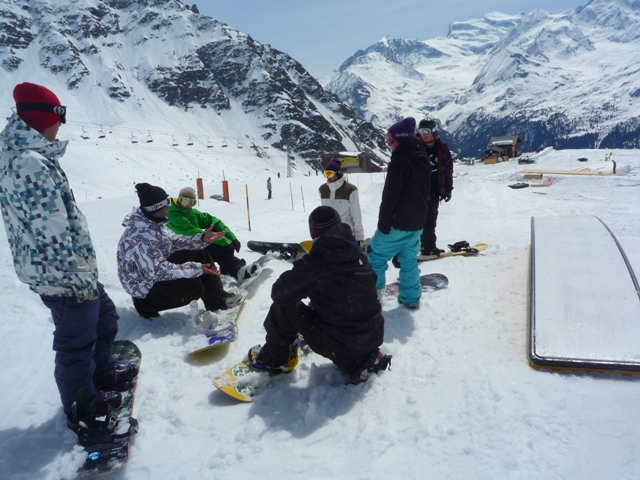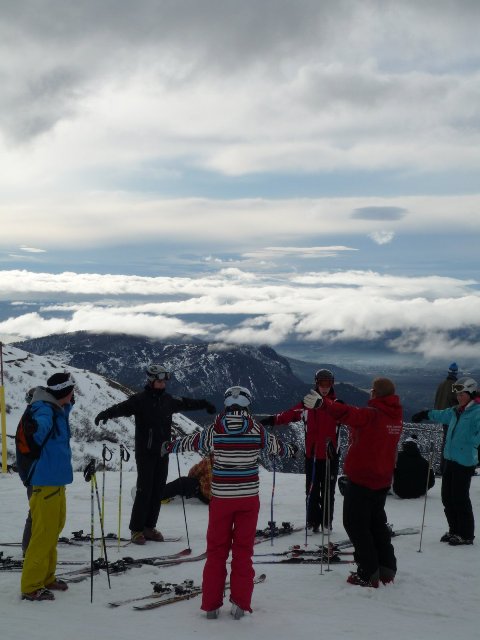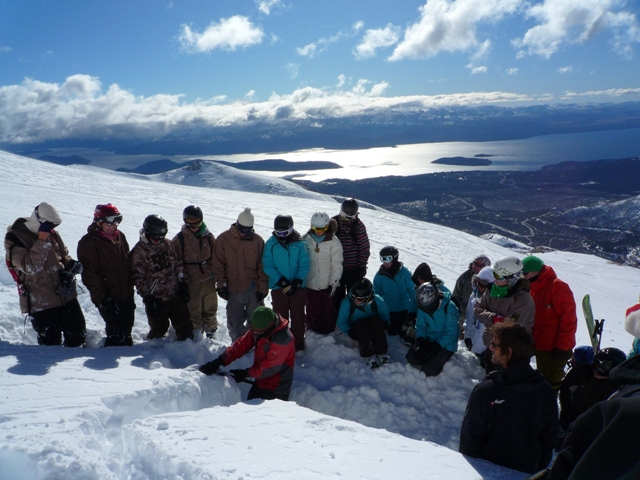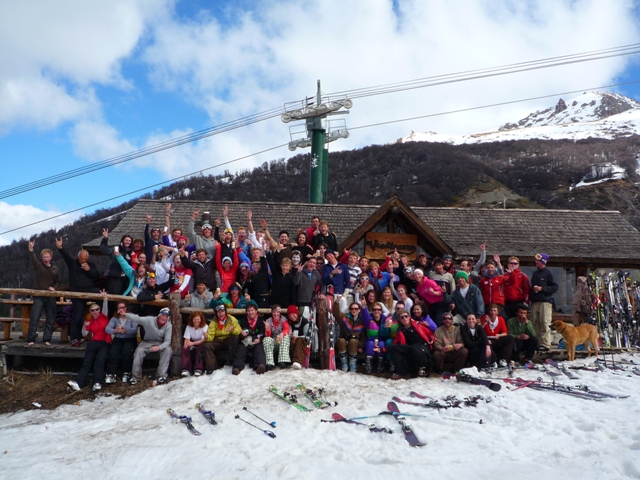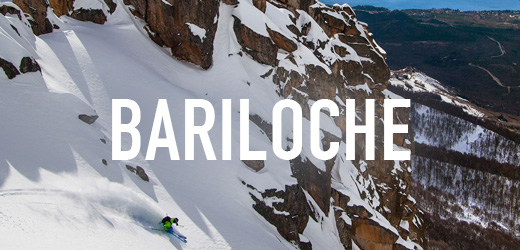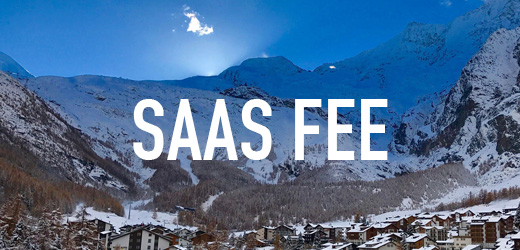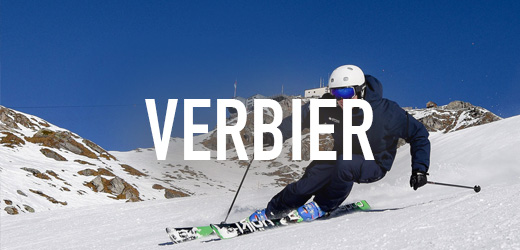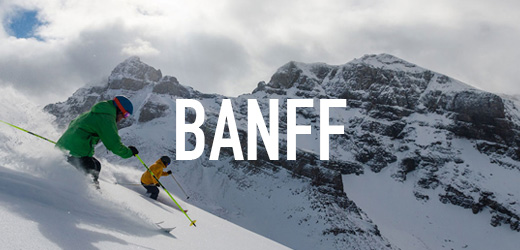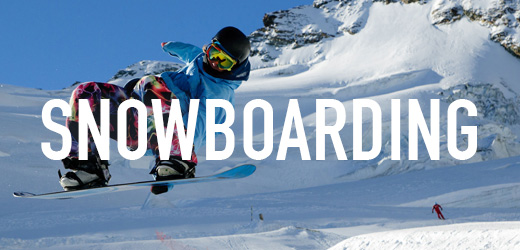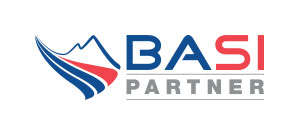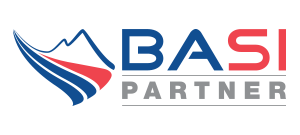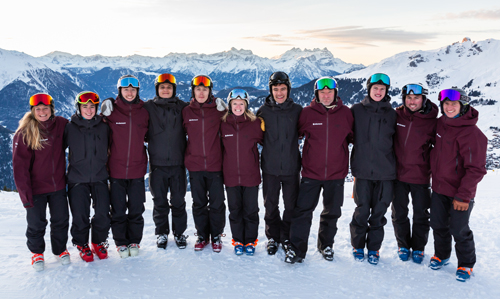Help!!!! I don’t have a clue what ski or snowboard instructor course to do!
So you’ve decided that you want to qualify as a ski or snowboard instructor but you’re feeling a little baffled by industry jargon and you’re unsure what course would suit your needs the best. Have a read through the article below and you should get a much clearer idea of which instructor course to take by the time you reach the end.
Which ‘instructor association’ should I qualify with?
Most countries have an instructor association which can award certification to those people wanting to qualify as ski or snowboard instructors. If you want to acquire an instructor qualification that will allow you to teach in other countries you will need to qualify through an instructor association that is part of the ISIA. The ISIA (International Ski Instructors Association) is the organisation responsible for overseeing and monitoring the quality of its member associations and encouraging integration and communication between them. If an instructor association is not a member of the ISIA then the likelihood is that you will not be able to instruct anywhere but the country that you qualified in.
So who are the most respected members of the ISIA and which qualifications carry the most weight?
It’s fair to say that in the English speaking world the most highly regarded qualifications are from Canada, USA, New Zealand and Britain…..Australian qualifications are also starting to be recognised and respected within the industry. Although teaching methods and progressions may differ between instructor associations the weight that each qualification caries is similar. Instructor associations in all four of the aforementioned countries are all highly regarded and all follow strict ISIA guidelines. So if your main language is English and you wish to teach in an English speaking country you should really consider getting qualified through the following associations:
Britain
BASI – British Association of Snowsport Instructors (ski & snowboard)
Canada
CSIA – Canadian Ski Instructor Alliance
CASI – Canadian Association of Snowboard Instructors
USA
PSIA – Professional Ski Instructors ofAmerica
AASI – American Association of Snowboard Instructors
New Zealand
NZSIA –New Zealand Snowsport Instructor Alliance
SBINZ – Snowboard Instruction New Zealand
What are the benefits of qualifying through each of the associations listed above?
With all of those associations the main reason for qualifying though a particular instructor association is geographical location. Geographical location takes into consideration the following:
– Where you can take the initial (current) exam
– If you decide to embark on a career as an instructor; where you can take future higher level courses.
– Where your qualification will enable you to teach.
If you’re on a gap year or sabbatical and your main focus is on improving your skiing or snowboarding but you have no intention of following a career as an instructor, or taking higher level exams, you have the luxury of choosing qualifications from any of those associations. BASI courses are generally run all over Europe, Argentina, Japan and New Zealand. NZSIA and SBINZ courses are run in New Zealand and Japan. CASI and CSIA courses are run all over Canada, and are also in Japan and Andorra. PSIA and AASI courses are run all over the US; although PSIA and AASI are split into 9 regions for administrative purposes.
However, if you’re looking to pursue a career in ski or snowboard instructing and you wish to complete more advanced training and examinations with that association in the future then you need to consider which association to acquire your initial qualification through. For instance; if you’re planning on teaching skiing in Switzerland for the foreseeable future but you acquire your initial instructor qualifications in New Zealand; you’ll be committed to travelling all the way down to New Zealand to upgrade your qualifications. Some associations have got wise to this and there are now ways in which an instructor can transfer to another association through an exam and a fee.
A refresher course is required by some associations every three years; some organisations allow you to do this online but BASI require you to attend a short course either in the UK or at selected resorts in Europe.
In short, if you want to pursue a career as a ski or snowboard instructor think carefully about the country/continent/hemisphere where you’d like to live and teach in the future, when making this decision always consider what visa and residency restrictions will be imposed on you. It’s all well and good saying you’d like to live and work as a ski instructor in the US but the likelihood of you being able to do that may be slim.
But once I’ve acquired an ISIA qualification can I teach anywhere?
To be honest many ski schools around the world will allow you to teach on a level 1 and level 2 qualification. Be aware that competition for jobs is normally very high and the type of work you are given will relate to your qualification. We’ll cover this in more detail later.
Nevertheless, all member associations of the ISIA offer an ISIA (internationally certified instructor) qualification at level 3 or 4. An ISIA licence allows instructors to teach skiing or snowboarding at any of the other ISIA member countries. Unfortunately there is one exception and that’s France which is a shame because the French system allows ski and snowboard instructors the opportunity to earn much higher wages than anywhere else in the World.
Unlike other countries; in France if you have acquired an ISIA ski qualification from a foreign association you are only allowed to work as an apprentice at a French Ski School. Snowboarding isn’t even considered an independent discipline so ISIA snowboarders are not recognised and are therefore not allowed to work even as an apprentice. BASI snowboard instructors are the only exception but have to qualify to ISTD level (BASI level 4) and acquire points on the FIS competition circuit at Slalom, Boardercross or Halfpipe before they can apply for an instructor licence in France.
Few associations gear their qualifications to helping their members work in France because the demands are too high and the majority of their instructors have no interest in working in France. Out of the four main English speaking instructor associations the only association to gear their more advanced qualifications (level 3 & 4) toward working in France is BASI. BASI struck a deal with the SNMSF to add additional training and some very difficult tests to their level 3 and 4 qualifications in return for level 4 certified instructors having the right to work in France. In short; it’s very hard to become a ski or snowboard instructor in France but if your main language is English and you want to instruct in a French resort you should start your initial qualifications with BASI.
I know where I want to take my course but what level should I qualify to?
All ISIA member associations have a fairly similar structure with regards to their qualifications, especially within those English speaking associations. It’s generally considered that a level 1 or 2 in Canada is equal to a level 1 or 2 in the US, New Zealand, Australia or in British Ski Schools across much of Europe. With all of the instructor associations you have to start with the level 1 exam and work your way up the qualification ladder. As a rough guide; a level 1 qualification should qualify you to teach beginners on a beginner slope and a level 2 qualification should qualify you to teach intermediates on marked runs. Should you want to teach advanced skiers and snowboarders on varied terrain and in the snowboard park then you will have to look at qualifying to ISIA (level 3 or 4) and beyond.
Again, if you have no intention of actually being a ski or snowboard instructor but you want the qualification to improve your skiing/riding and look good on your CV it doesn’t really matter if you only qualify as a level 1 instructor. Be aware that a level 1 qualification focuses on learning and teaching beginner progressions and although your skiing or snowboarding will improve you will not receive the same level of training and instruction or be challenged to the same extent as if you were to complete both the level 1 and 2 examinations. Therefore if you’re doing the course as part of a gap year or sabbatical I would seriously recommend qualifying or training to the level 2 standard, you will find the whole experience far more rewarding.
If, on the other hand, you want to take an instructor training course to become a ski instructor or snowboard instructor I would always insist that a potential trainee qualify to level 2 at the very least. This is mainly because some countries will not let you teach on their slopes unless you have a level 2 qualification and because finding work as an instructor is so competitive that you need to qualify as highly as you can to stand out from the crowd. As the majority of instructor training courses coach their trainees to the level 2 standard this means that the vast majority of young newly-qualified instructors out there are qualified to level 2. You may be lucky and find work as a level 1 instructor in the darkest depths of Europe or Canada but I can guarantee you’ll be on the lowest pay scale teaching absolute beginners and very young children.
I now know which qualifications I want to acquire and which association I want to qualify through but what is the best and quickest way of getting those qualifications?
This completely depends on 5 factors:
– How much skiing or snowboarding experience you have had.
– How much time you have to take the course.
– Whether you’re a fast learner.
– Where you live.
– What you want to get out of the course.
The most popular way to qualify as an instructor is to complete an instructor training course with a company like Peak Leaders. There are lots of companies out there that offer training courses which can last anything from 3 to 6 weeks for a level 1 exam up to 12 weeks for the level 1 and 2 exams together. The course fee, although quite expensive, will generally include; accommodation and food, a lift pass, between 20 and 30 hours of training a week, exam fees, the relevant association membership, transfers and some additional courses and extra-curricular activities. If you were to try and organise accommodation and training yourself you would end-up spending far more money.
When booking a course be careful to check; the type of accommodation you’ll be staying in, how many people you will be sharing a room with, what meals are included, how much training you’ll receive, what extra’s are included and whether the company have a good reputation. Peak Leaders take a huge amount of pride in the quality of the courses that we offer; although our prices may not be the cheapest you’ll find on the internet you can guarantee that the value, quality and all-round experience is second to none.
If you’re looking to do a gap year course or sabbatical then this is the type of course you want to do, because it is more of a well-rounded experience and will dramatically improve your skiing and snowboarding within a short period of time. You are also more likely to pass the examinations if you your exams with an instructor training course; pass rates are generally around 95% for the level 1 exam and 70% for level 2; obviously this may differ between courses and training providers.
Obviously these courses do come at a premium but if you’ve just finished school or University then you have the reassurance that there will be many people of a similar age on your course and normally a course leader to look after you and ensure that you have a great time but stay focused on the course!
Finally, instructor training courses do normally open a few more doors with regards to employment for level 1 and 2 instructors. Peak Leaders course leaders will not only help you put together a strong CV for employment but they also have a network of ski school managers, owners and head instructors at their finger tips…..many linked by the training that their school provides for Peak Leaders or because they were previous graduates of Peak Leaders themselves.

